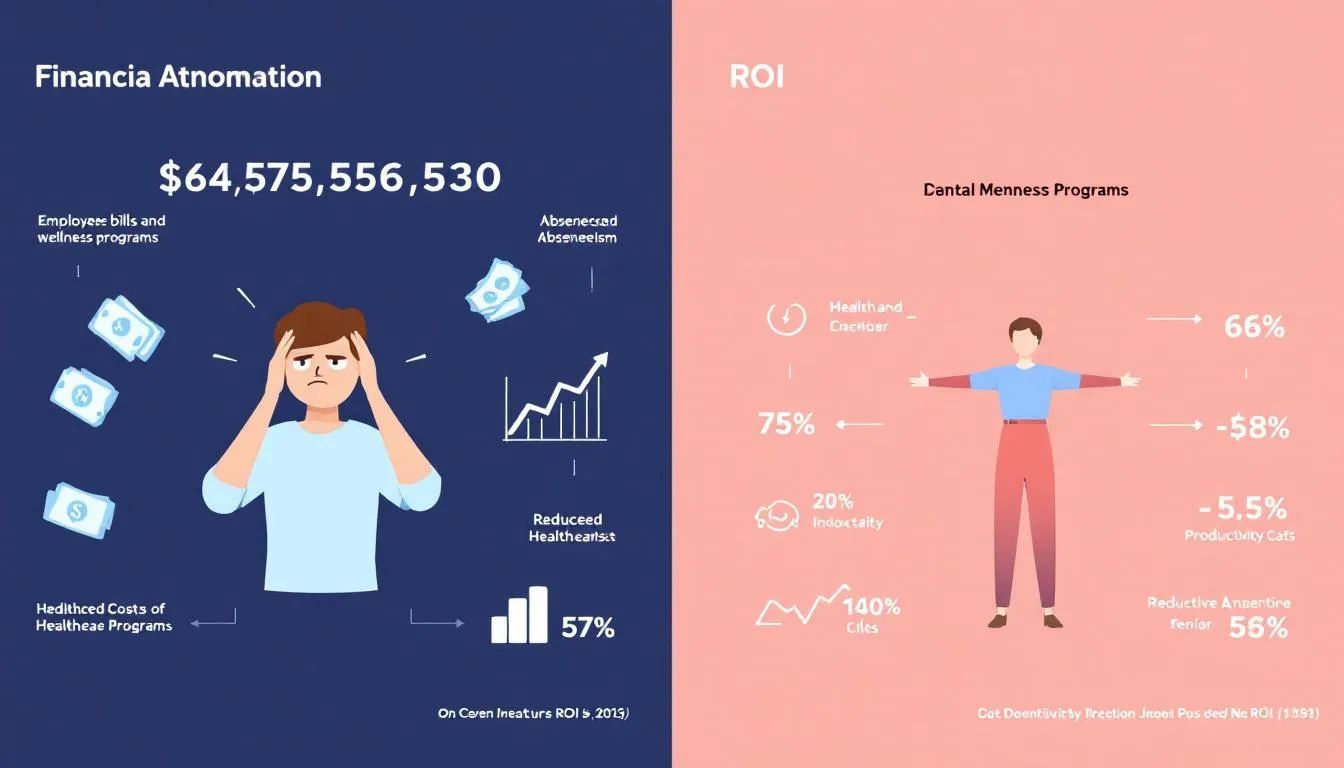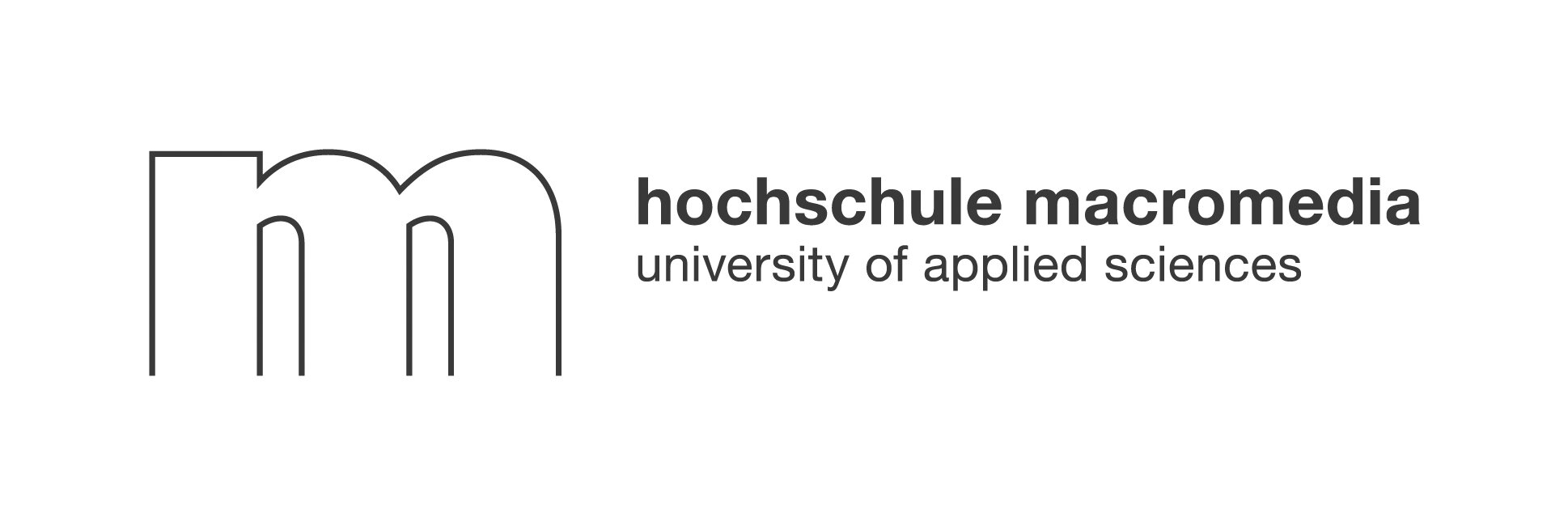The question how do employee wellness programs benefit employers is more relevant than ever in 2025. As hybrid and remote work reshape the workforce, companies are urgently seeking ways to boost productivity, retain talent, and foster genuine connection. Yet, despite billions spent on wellness initiatives, many employers still wonder: are these programs really moving the needle? Or are traditional approaches falling short in today’s dynamic, distributed work environments?
This guide unpacks the true value of employee wellness programs for employers—what works, what doesn’t, and how innovations like Neroia’s AI-driven micro-events are redefining success. Read on to discover why the future of workplace wellness is personal, data-informed, and built around authentic human connection.
1. Why and How Do Employee Wellness Programs Benefit Employers Financially?
Direct Medical Cost Savings and Insurance Premiums
At first glance, the financial benefits of employee wellness programs seem clear: healthier employees should mean lower healthcare costs. In theory, when employees adopt better habits—such as exercising, eating well, and managing stress—companies spend less on insurance claims, chronic disease, and absenteeism.
For example, Johnson & Johnson famously reported saving $250 million on health care costs over a decade, estimating a $2.71 return for every $1 invested in wellness programs (Harvard Business Review, 2010). These savings often come from:
- Fewer claims for preventable conditions (like diabetes or heart disease)
- Lower insurance premiums due to reduced group risk
- Decreased workers’ compensation and disability claims
However, the real world is more nuanced. Recent large-scale studies show that while some savings are possible, the impact on direct medical costs is often smaller than expected—especially when programs are generic or poorly targeted.
Real-World ROI Evidence from Fortune 500 to SMEs
The return on investment (ROI) for wellness programs varies widely. While Fortune 500 companies with comprehensive, long-term initiatives sometimes report substantial savings, recent randomized controlled trials (RCTs) have found limited short-term financial returns. For instance, the Illinois Workplace Wellness Study (2019) found no significant reduction in healthcare spending after two years, despite increased screening rates.
Smaller businesses may see even less measurable ROI from traditional wellness offerings, particularly if participation is low or the program fails to engage those most at risk. The key takeaway? Financial benefits depend on high engagement, relevant activities, and a culture that supports real behavior change.
"Our findings show that health behaviors can respond to a workplace wellness program, but they also temper expectations of realizing large returns on investment in the short term."
— _Zirui Song, Harvard Medical School_
2. Boosting Productivity: Healthier Bodies, Sharper Minds

Linking Wellness Metrics to Output and Creativity
The link between employee wellness and productivity is well established. Employees who feel physically and mentally well are more focused, creative, and resilient. Studies show that organizations with robust wellness programs often enjoy:
- Higher work output and quality
- More innovation and problem-solving
- Better teamwork and morale
For example, a University of Warwick study found that happy, healthy workers are up to 12% more productive. But the real challenge is moving from theory to practice. Traditional programs—such as step challenges or one-size-fits-all seminars—often fail to create lasting engagement or meaningful change.
Neroia’s approach is different. By using AI to curate micro-events—like small-group yoga, mindfulness meetups, or cycling sessions—employees are matched with activities and colleagues that fit their interests and schedules. These organic, peer-driven interactions help sustain motivation, spark creativity, and foster a sense of belonging, all of which drive productivity.
3. Reducing Absenteeism and Presenteeism: Showing Up at Full Strength
From Sick Days to Presenteeism Losses: What the Data Show
Absenteeism—employees missing work due to illness—costs U.S. employers over $225 billion annually, or about $1,685 per employee (CDC Foundation). But the hidden cost is even greater: presenteeism, when employees show up but operate below capacity due to health issues.
Effective wellness programs can:
- Reduce the number of sick days taken
- Improve energy, focus, and resilience at work
- Lower the risk of burnout and mental health struggles
Yet, many traditional wellness initiatives fall short. Participation is often limited to already health-conscious employees, leaving those most at risk disengaged. The Illinois Workplace Wellness Study found no significant reduction in absenteeism, highlighting the need for more personalized, inclusive solutions.
Neroia’s AI-driven micro-events break this pattern. By making it effortless for employees to join small, interest-based activities—whether in-person or virtual—everyone has a chance to connect, recharge, and support their well-being. This targeted, community-centric approach helps employees truly show up at their best, reducing both sick days and presenteeism.
4. Supercharging Recruitment and Retention in Tight Labor Markets
Wellness as a Signature Benefit in Employer Branding
In today’s competitive talent market, wellness programs are no longer a nice to have—they’re a must. According to recent surveys, 87% of employees consider health and wellness packages a crucial factor when choosing an employer. A strong wellness offering signals that a company cares about its people, making it easier to attract and retain top talent.
But not all programs are created equal. Employees increasingly seek benefits that feel authentic, flexible, and tailored to their real lives—not just generic perks. Wellness initiatives that foster genuine connection and support holistic well-being stand out in employer branding.
Impact on Turnover and Tenure Statistics
High turnover is expensive and disruptive. Companies with effective wellness programs consistently report:
- Higher retention rates
- Longer employee tenure
- Greater loyalty and engagement
For example, research by Willis Towers Watson found that 75% of employees are more likely to stay with an employer offering a good benefits package. Even employees who don’t actively use wellness benefits still value their availability, boosting overall job satisfaction.
Neroia’s platform amplifies these effects by turning wellness into a living, breathing part of company culture. Through AI-orchestrated micro-events, employees build real relationships, feel valued, and are more likely to stay and grow with the organization.
"Employees are more likely to stay with a company with a robust benefits package; individuals are inclined to remain loyal to a company when they see that the company is invested in their well-being."
— _Employee Benefit News_
5. Strengthening Company Culture and Morale
Building Community, Engagement and Purpose at Work
A thriving company culture is built on trust, engagement, and shared purpose. Traditional wellness programs often struggle to move beyond surface-level engagement, especially in hybrid or remote settings where employees can feel isolated.
Neroia’s vision is to change that. By leveraging AI to recommend and coordinate micro-events—such as yoga, Qigong, or company runs—Neroia helps employees effortlessly discover shared interests and form organic connections. These small-group experiences break down silos, encourage cross-team friendships, and create a sense of belonging.
The result? Higher morale, stronger engagement, and a workplace where people genuinely enjoy collaborating. Employees who feel connected and supported are not only happier—they’re more motivated, loyal, and productive.
6. Mitigating Health-Related Risk and Insurance Costs
Compliance, Safety and Chronic Disease Management
Beyond productivity and culture, wellness programs play a vital role in managing organizational risk. Proactive initiatives can:
- Identify chronic disease risks early (e.g., diabetes, heart disease)
- Support compliance with health and safety regulations
- Reduce workplace injuries and related claims
For example, lab-based screening programs can identify thousands of undiagnosed cases of chronic disease in a large workforce, potentially saving millions in future healthcare costs (Quest Diagnostics). Employers who invest in prevention and early intervention are better positioned to control insurance premiums and maintain a healthy, resilient workforce.
But compliance alone isn’t enough. The most effective programs engage employees in ongoing, relevant activities that support both physical and mental health. Neroia’s AI platform takes this a step further, using anonymized data to help HR teams understand engagement patterns and health trends—without compromising individual privacy.
7. Proving Value: Metrics, ROI Formulas and Continuous Improvement
Choosing the Right KPIs
To truly answer how do employee wellness programs benefit employers, it’s essential to measure the right outcomes. Key performance indicators (KPIs) might include:
- Healthcare cost trends and claims data
- Absenteeism and presenteeism rates
- Employee retention and engagement scores
- Participation rates in wellness activities
- Self-reported well-being and job satisfaction
The table below summarizes some of the most important metrics for evaluating program impact:
Using Control Groups and Pilot Programs for Credibility
Many early studies on wellness relied on observational data, which can overstate benefits due to selection bias. Modern best practices recommend:
- Running pilot programs with control groups to isolate true effects
- Collecting data before and after implementation
- Using anonymized analytics to track participation and outcomes
- Iterating based on feedback and measurable results
"In assessing the potential benefits of a workplace wellness program, it’s essential to separate out confounding factors... Our study lets us isolate the effect of the program itself from those confounding factors."
— _Katherine Baicker, University of Chicago_
Bullet List: Traditional Wellness Program Pitfalls

Many employers struggle to realize the full benefits of wellness programs due to common pitfalls:
- Low participation, especially among remote or hybrid teams
- Generic, one-size-fits-all activities that fail to engage diverse interests
- Administrative burden and planning friction for HR
- Superficial engagement that doesn’t foster real connection
- Lack of actionable data on what’s working (and what isn’t)
Bullet List: How Neroia’s AI-Driven Micro-Events Solve These Challenges
Neroia’s unique approach addresses these challenges head-on:
- AI matches employees to small-group activities based on interests and schedules
- Effortless coordination—no manual planning or endless email chains
- Hybrid-friendly: supports both in-person and virtual micro-events
- Anonymized analytics help HR teams measure engagement and outcomes
- Focus on authentic, informal interactions—no forced fun or awkward icebreakers
Ordered List: Steps to Transform Wellness with Neroia
To maximize how employee wellness programs benefit employers, consider this path:
- Assess your current wellness landscape. Identify gaps in engagement, participation, and outcomes.
- Pilot AI-driven micro-events. Use a platform like Neroia to launch small-group activities tailored to your team’s interests.
- Gather anonymized data. Track participation, engagement, and feedback to measure impact.
- Iterate and expand. Refine your approach based on what works, scaling successful formats across your organization.
- Foster a culture of connection. Make wellness and social engagement a core part of your employer brand.
The Neroia Difference: Past, Present, and Future
Neroia’s mission is to revolutionize how employee wellness programs benefit employers by making well-being personal, social, and effortless. Unlike traditional top-down initiatives, Neroia leverages AI to recommend and coordinate micro-events—like yoga, Qigong, or company runs—tailored to each employee’s interests and availability.
The platform’s anonymized analytics give HR leaders clear, actionable insights without compromising privacy. Past pilot programs have shown how curated micro-events spark engagement, break down silos, and build a culture where employees thrive together.
Looking ahead, Neroia continues to innovate, replacing superficial programs with personalized, AI-powered experiences that adapt to the evolving needs of hybrid and remote teams. The result is a workplace where well-being is woven into daily life, driving business success through happier, healthier, and more connected employees.
"Offering wellness benefits shows employees that they are appreciated and respected and that the company cares about them and values their health and well-being."
— _Becker’s Hospital Review_
Conclusion: Wellness That Works for Employers—Powered by Connection
So, how do employee wellness programs benefit employers in 2025? The answer lies not in generic perks, but in fostering authentic connection, engagement, and holistic well-being. As the world of work evolves, companies need solutions that break silos, adapt to hybrid realities, and deliver measurable results.
Neroia stands at the forefront of this transformation, empowering organizations to move beyond superficial programs and create vibrant, engaged communities—one AI-curated micro-event at a time. For employers ready to unlock the full potential of their teams, the path is clear: invest in wellness that’s personal, data-informed, and built around the power of genuine human connection.
For organizations seeking to future-proof their culture and drive business success, Neroia offers a flexible, employee-centric platform that turns wellness into a strategic advantage.




